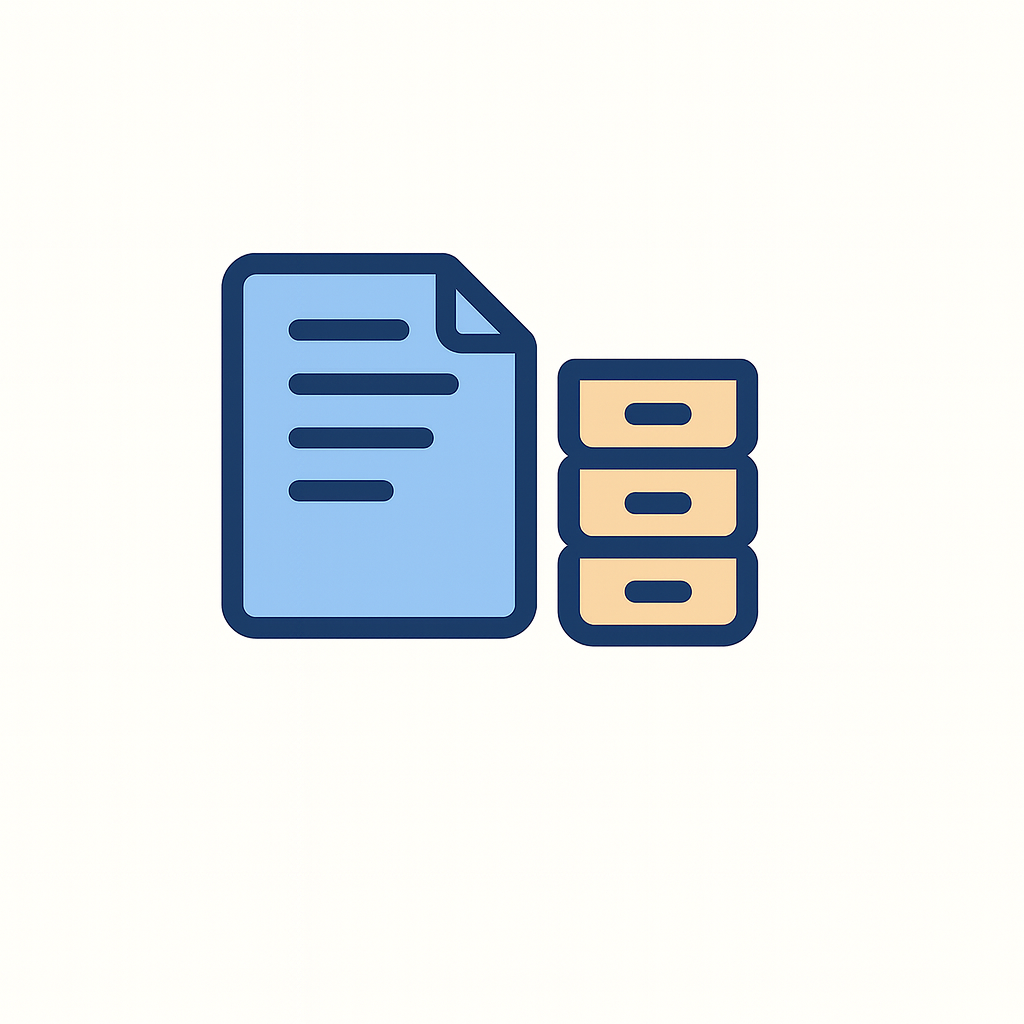Inventory Data Generator
Table of contents

About
-
Python-based app that creates realistic, customizable mock inventory datasets for testing, planning, and analysis.
-
Unlike traditional mock-data tools that rely on fixed categories & rigid bin structures, this app leverages AI to dynamically generate categories, subcategories, & bin-location conventions based on a user’s requirements.
Methodology
-
Uses LLMs via OpenAI to interpret short business descriptions & return structured JSON schemas for categories & bin rules.
-
Synthetic data generation powered by Faker & NumPy, ensuring realistic item names, stock levels, reorder points, unit costs & timestamps.
-
Bin location codes are generated flexibly, supporting aisles, zones, shelves & custom formats.
-
Data is output in CSV format for compatibility with Excel, Power BI, Python & ERP systems.
-
GUI built with Tkinter for accessibility & user-friendly interaction.
Technologies Used
-
Python
-
Pandas & NumPy (data handling)
-
Faker (synthetic but realistic text & date generation)
-
Tkinter (desktop GUI)
-
LangChain + OpenAI API (AI-powered schema inference)
Current State Gap Identification
Traditional inventory mock-data tools and scripts typically:
-
Rely on hardcoded categories & bin conventions, making them inflexible.
-
Require significant manual setup to simulate realistic stock datasets.
This project fills the gap by providing domain-adaptive, AI-driven dataset generation that adjusts to user context.
Specific Objectives
1. Provide an easy-to-use tool for generating large-scale mock inventory datasets.
2. Enable AI-driven schema inference for categories, subcategories & bin locations.
3. Improve efficiency for testing, training, and validating inventory management systems, dashboards, and ERP workflows.
4. Ensure outputs are scalable (100–100,000+ rows) and interoperable with industry tools.
5. Offer a lightweight solution, accessible to technical and non-technical users.
Significance & Implications of Work
-
For developers: Accelerates ERP & dashboard testing by providing realistic data without needing access to sensitive company datasets.
-
For analysts: Supports stress-testing of forecasting, stock optimization, and procurement models with flexible input data.
-
For organizations: Reduces reliance on live production data, improving data privacy & compliance during development.
Clear Prerequisites & Requirements
- Python 3.9+
- OpenAI API key (for AI-driven schema inference; fallback available if AI is not accessible)
- Packages: pandas, numpy, faker, tkinter, langchain-openai